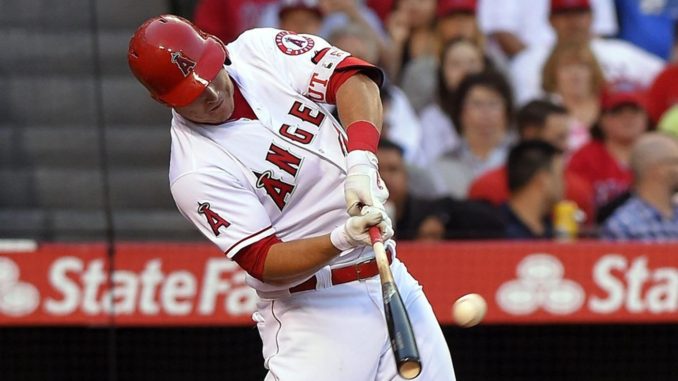
Most people around baseball understand a good swing is necessary to play at a high level, however very few understand what makes a good swing. There are 3 parameters I use judge a good swing, but to understand these better, first we have to understand what are the goals of hitting. The goal of hitting is to score the most runs possible for your team. The best way to do this, is to hit the ball very consistently , very hard, and very far. A good swing will allow you to do this. It’s important to hit consistently for obvious reasons. Hitting the ball very hard allows you to get more hits over time. Sure you could smoke a line drive right at the left fielder, but if you are hitting the ball hard the fielders have less time to react and that means more hits for the batter. The third goal would be hitting the ball far. Hitting the ball far is important because if you hit the ball hard and far, you are more likely to hit the ball over the fence, for the most important hit in baseball, the home run. Even if you don’t get it over the fence, hard hit line drives to the outfield are more likely to drop and more likely to be extra base hits. Not all hits are created equal, doubles, triples and home runs are more valuable than singles.
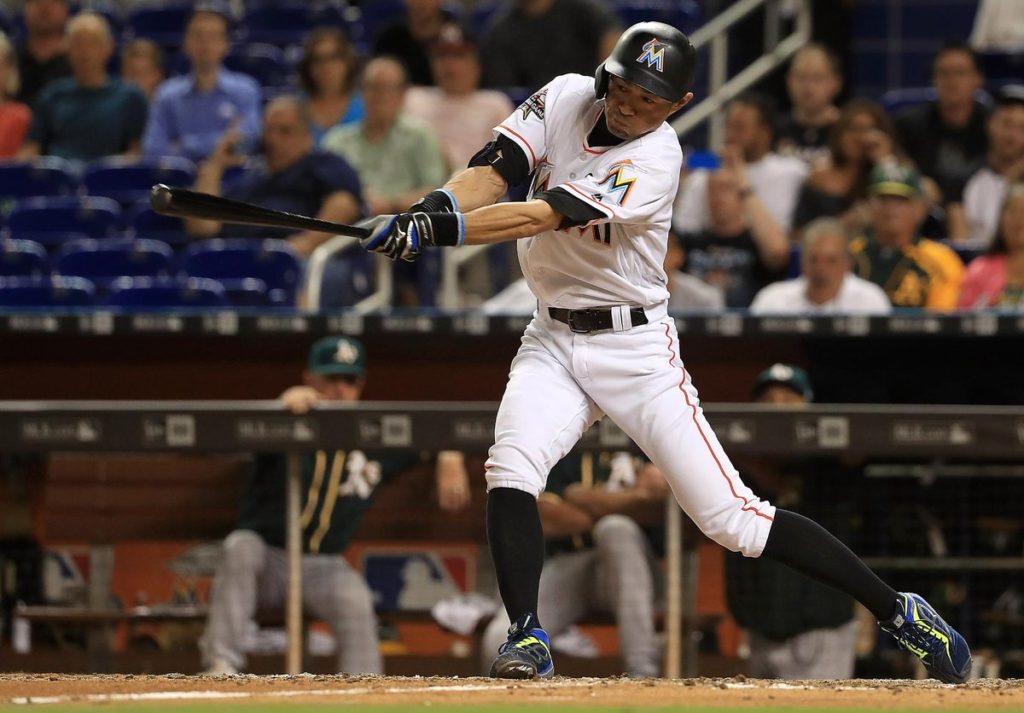
While much of the first paragraph on the goals of hitting may seem obvious to some, it is important to reiterate the goals of hitting, as some coaches still teach hitters to hit ground balls and just try to put the ball in play. Swinging with intent to hit the ball hard and far is very important. But now that we know this it takes us back to the original question of what makes a good swing? My three parameters(in no particular order) are:
1. maximum bat speed
2. efficient swing plane
3. optimal swing quickness
Maximum bat speed is defined as having the bat moving as fast as possible as it makes contact with the ball (without sacrificing swing quickness,which I will talk about later). It’s pretty simple, The faster the bat is moving the farther the ball will go (assuming contact on the sweet spot). That’s the reason I say “Maximum” bat speed. You want the bat to be moving as fast a possible. There are a lot of myths out there that being strong in the arms to help push the ball at contact is where power is created. These thoughts are wrong. In fact, if you were to let go of the bat a split second before contact, the ball would go just as far as if you were holding onto the bat. This has even happened in a MLB game! Todd Frazier hit a handless home run in 2012.
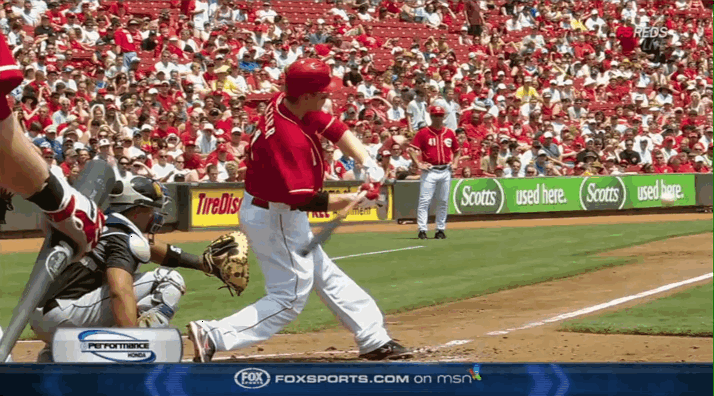
Bat speed had always been tough to measure until recently with the new bat sensors (like Blast Motion). Bat speed is also highly correlated to the newly popular baseball stat Exit velocity(EV). EV is just the speed the ball is moving when it leaves the bat.

Proper swing plane is a very complicated subject but one of the most important factors of swing plane is the vertical angle the bat is moving on at contact. It is also known as attack angle. To put it simply, if you want to drive the ball hard and into the outfield or over the fence. the bat must be traveling upward at contact. It allows you to be on the same plane is the incoming pitch which makes contact more likely and also allows you to hit the ball hard and far.
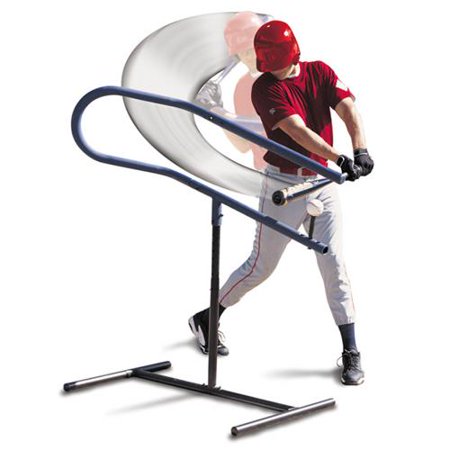
Proper swing plane is highly correlated with the new stat Launch angle(LA). Launch Angle is defined as the vertical angle the ball as it leaves contact with the bat.
Optimal Swing quickness is the speed from the time the swing is started to contact with the ball. You want your swing to be quick to the ball without sacrificing bat velocity. That’s the reason I say optimal swing quickness instead of minimum or maximum. A bunt has great swing quickness. However since the bat is moving so little you cannot generate any power in that time. A professional slow pitch softball player or a long drive golfer have very long swings however generate a lot of speed. This would not be great for baseball however, as they would not be able to hit a 100 mph fastball or an off speed pitch with such long swings. The ball would be in the catchers mitt by the time they get to the contact point.
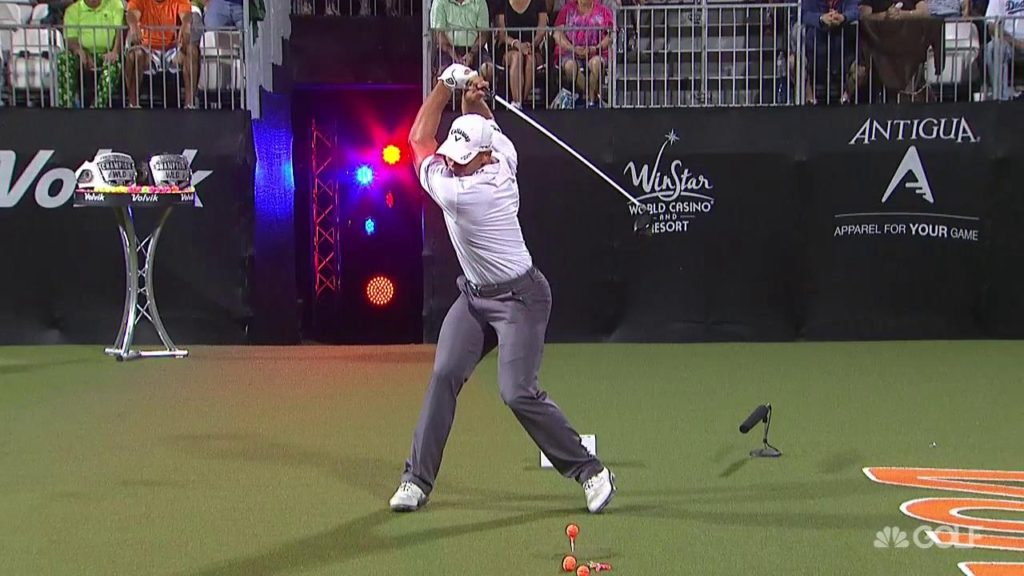
Swing quickness is the hardest to quantify because it is difficult to pinpoint exactly where a swing starts. The older way of doing it was by counting frames on a camera from the frame of front heel hitting the ground to contact. Good swings are typically 4-5 frames on a 30 fps camera,which works out to about .13 to .16 seconds to contact. Blast motion bat sensor also has a metric that measures this but its reliability is still undetermined.
If a hitter can meet all 3 of these parameters than they should be able to play at a high level. But now that we know this, it begs the question of what does a swing look like that accomplishes these parameters and how do we train to develop a swing with these 3 parameters. Future blog posts will address this.
